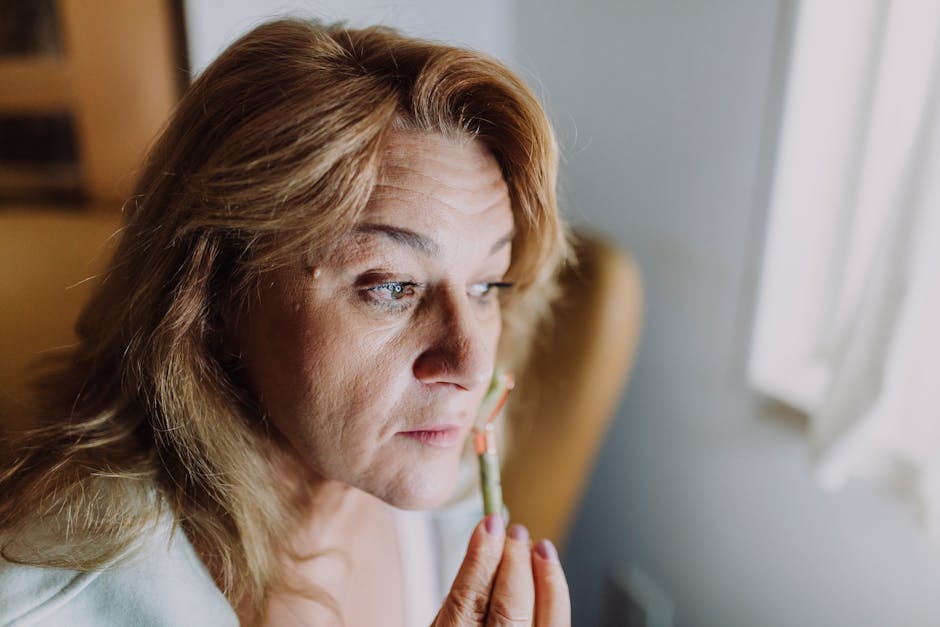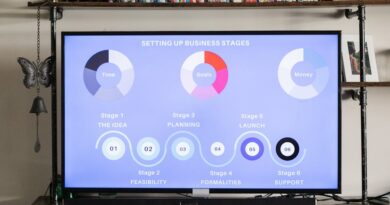New Approaches to Treating Eye Diseases
Did you know that over 2.7 million Americans aged 50 and older suffer from glaucoma? Eye diseases affect millions of people every year. As we age, our eyes become more vulnerable to various issues. But the good news is that new treatment methods are emerging every day. Let’s explore these exciting innovations together.
What Are Eye Diseases?

Eye diseases are conditions that can affect our vision. They can range from mild irritations to serious conditions that lead to blindness. Common eye diseases include:
- Glaucoma
- Cataracts
- Age-related macular degeneration (AMD)
- Diabetic retinopathy
Understanding these diseases helps us recognize their symptoms and seek help early. it’s essential to know what we are dealing with.
Why Are New Treatments Important?

Many traditional treatments have been around for years, but they aren’t always effective for everyone. New treatments aim to improve outcomes and enhance quality of life for patients. They can also offer options for those who have not responded well to standard therapies.
What Are the Latest Innovations in Eye Treatment?

Recent years have brought exciting advancements in eye disease treatment. Here are some of the most promising ones:
Gene Therapy: Can It Fix Our Eyes?
Gene therapy is a groundbreaking approach. It involves altering the genes that cause eye diseases. For example, researchers are testing this method for conditions like inherited retinal diseases.
Imagine repairing a faulty light bulb by swapping out the broken parts. Gene therapy does something similar for our genes!
Artificial Intelligence: The Future of Eye Care?
Artificial intelligence (AI) is transforming how we diagnose eye diseases. AI can analyze images of the retina faster and sometimes more accurately than doctors.
For instance, AI can help detect early signs of diabetic retinopathy, allowing timely treatment. This could prevent vision loss for many patients.
New Drug Delivery Systems: How Do They Work?
Getting medication directly to the eye can be tricky. New drug delivery systems, like tiny implants or injections, are emerging. These systems release medication slowly over time, ensuring a steady dose.
This method can improve the effectiveness of treatments for conditions like glaucoma. Patients may need fewer visits to the doctor, making life easier!
Stem Cell Therapy: Is It the Answer?
Stem cell therapy holds great promise for restoring vision. Scientists are investigating ways to use stem cells to repair damaged retinal cells. Imagine having the ability to regenerate parts of your eye! While it’s still in the experimental phase, the potential is exciting.
Are There Non-Medical Treatments?

Yes, lifestyle changes can also help reduce the risk of eye diseases. Here are some non-medical treatments you can consider:
- Eat a healthy diet rich in fruits and vegetables.
- Exercise regularly to improve blood circulation.
- Protect your eyes from harmful UV rays with sunglasses.
- Quit smoking if you smoke.
Taking these steps can help maintain your eye health for years to come.
What Are the Risks of New Treatments?
While new treatments are promising, they come with risks. it’s essential to weigh the benefits against potential side effects. Always talk to your eye doctor about what’s right for you.
How to Choose the Right Treatment?
Choosing the right treatment can feel overwhelming. Here are some tips to make the process easier:
- Consult with an eye specialist who understands the latest treatments.
- Ask questions about the potential benefits and risks.
- Consider a second opinion if unsure.
Making informed decisions can empower you in your path to better eye health.
What Can You Do Right Now?
Are you concerned about your eye health? Here are some practical steps you can take today:
- Schedule a comprehensive eye exam.
- Learn about your familys eye health history.
- Stay informed about new research and treatment options.
Knowledge is power, especially when it comes to your health!
Expert Insights on Eye Disease Treatments
Dr. Jane Smith, an ophthalmologist, states, The future of eye care lies in innovation. Were constantly seeking better ways to treat and prevent eye diseases. Her words remind us of the ongoing quest for improved care.
Common Misconceptions About Eye Treatments
Many people have misconceptions about eye treatments. Here are a few:
- Surgery is the only option. Not true! Many non-surgical treatments are available.
- Eye diseases only affect the elderly. Eye diseases can impact anyone, regardless of age.
- Once your vision is gone, it’s gone. Some treatments can restore vision even after significant loss.
Understanding these myths can help you approach your eye health more positively.
Where Can You Find More Information?
If you’re looking for reliable information on eye diseases and treatments, visit the American Academy of Ophthalmology. They provide valuable resources for patients. it’s essential to stay informed as new treatments develop.
Conclusion: Your Eye Health Matters
Eye diseases can be daunting, but remember, you have options. New treatments and technologies are changing the landscape of eye care. don’t hesitate to seek help or ask questions.
Your vision is precious. Taking proactive steps today can help protect it for tomorrow. Stay informed, stay healthy, and take care of those eyes!



